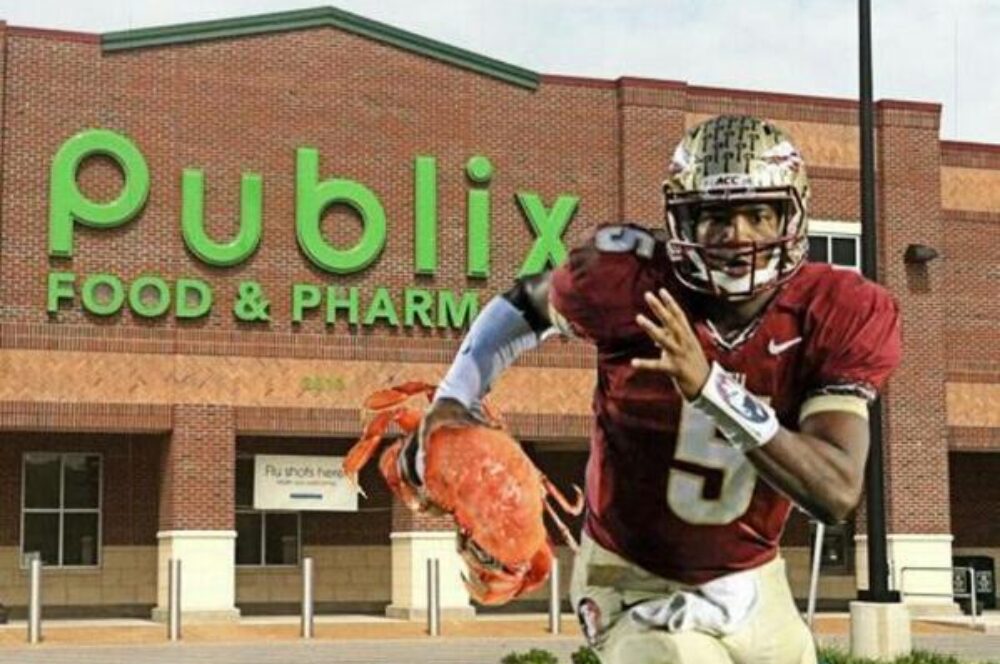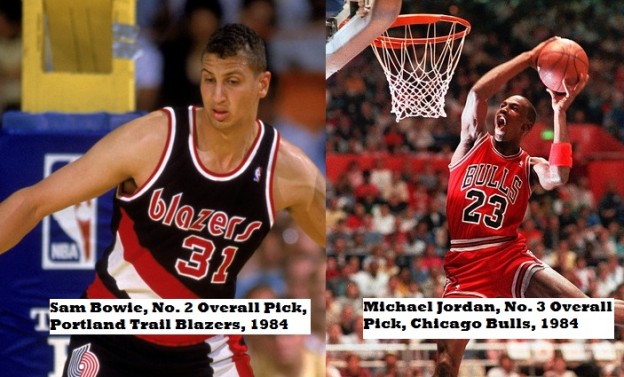In honor of the 20th anniversary of Dumb and Dumber (versus the new release of the far inferior Dumb and Dumber To), this post simplifies the previous one regarding the distribution of win shares for 1st round NBA draft picks. There still are a lot of numbers, but the takeaways should be easier to understand. Just to be sure, here they are.
1. Generally, draft order is a good predictor of future success in the NBA. As such, the higher the pick, the better the player should be to avoid being labeled a bust.
2. Starting with the 11th overall pick, the probability of being a flame-out exceeds the probability of becoming an All-Star by a margin of 2:1 (40% to 20%). For that reason, players taken outside of the first ten overall picks have been excluded as potential Top 10 Busts.
3. NBA legends are rare, but not as rare as you might think.












0